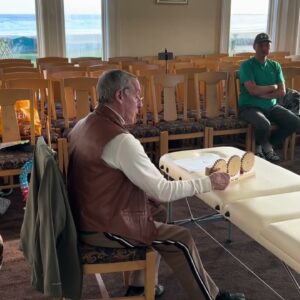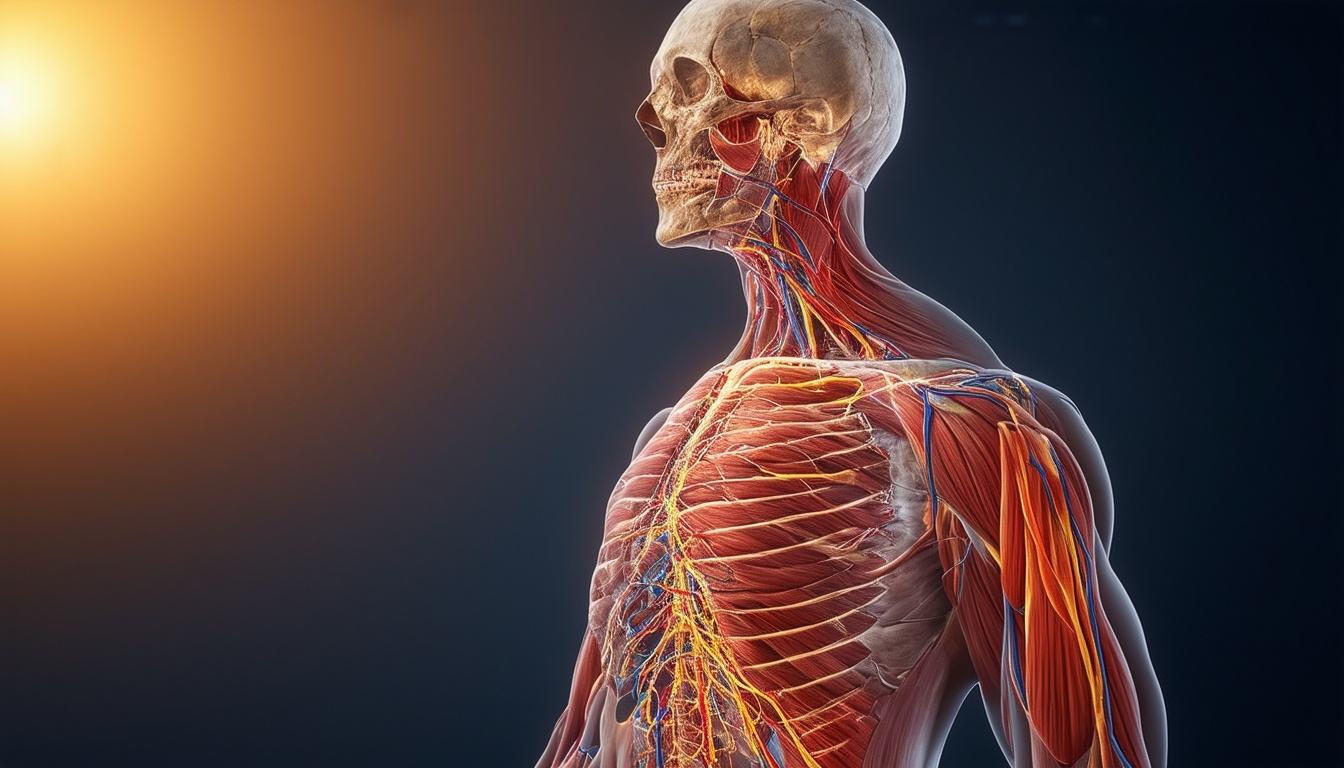Understanding Natural Movement Exploring the Mechanics of the Human Body Learn-Anma
Introduction:
In this blog post, we will delve into the concept of natural movement and its connection to the mechanics of the human body. Inspired by observations of birds, and fish, and the study of anthropology, we will explore how various creatures move and what sets human movement apart. Additionally, we will discuss the role of gear trains in the body and how they contribute to our ability to move. Join us as we uncover the fascinating mechanics behind natural movement. Learn-Anma
Exploring Natural Movement:
To understand natural movement, we must first observe and study the movements of different creatures. By observing birds, fish, and other animals, we can gain insights into the techniques and mechanics that exist in nature. Anthropology, in particular, helps us piece together these observations and provides a framework for understanding movement. Learn-Anma
Unique Qualities of Human Movement:
Among all creatures, humans possess unique qualities in their movement. One distinguishing feature is the presence of the bright spine and human rights fan, which are not found elsewhere in nature. These unique qualities are attributed to the presence of the Thal’s joint at the level of S2, as proven by Fite through dissections. Although this information may not be found in recent anatomy books, the argument is that this joint must move to produce the desired movement.
The Role of Gear Trains:
To further explore the mechanics of movement, let’s examine the concept of gear trains. In technical terms, a gear train refers to a collection of two wheels and pinions that interact to transfer rotational energy from one location to another. This mechanism is commonly used in watches, where one cog drives other cogs of different sizes, allowing for the movement of different hands.
Applying Gear Trains to the Human Body:
While gear trains are often associated with clockwork or machinery, they also play a crucial role in the human body. In the body, gear trains consist of separate entities, such as hip joints and the sacrum, which work together to create movement. These entities are held together by fascia and ligaments, forming a unified unit.
Reciprocal Movements and Gear Trains in the Body:
Within the body, there are numerous reciprocal movements facilitated by gear trains. One well-known example is the movement of the head and neck. When we bring our head forward, our sacrum moves in the opposite direction, creating a counterbalance effect. This reciprocal movement involves pitch, reverse pitch, ball, and Y-axis movements.
Maintaining Alignment and Balance: Learn-Anma To ensure smooth and coordinated movement, it is essential for all the gear trains in the body to be aligned and held together. Fascia and ligaments play a crucial role in coupling these separate entities, allowing for synchronized movement. Misalignment or asymmetry in these gear trains can lead to issues such as eye problems or other imbalances.
Learn-Anma Conclusion:
Understanding natural movement and the mechanics of the human body provides valuable insights into our ability to move and function. By studying the movements of various creatures and exploring the concept of gear trains, we can gain a deeper appreciation for the intricate mechanisms that enable us to perform everyday actions. Maintaining alignment and balance within these gear trains is crucial for optimal movement and overall well-being.
Read More: How Do I Break Free From Curses and Spells Put On Me? – Your Questions, Honest Answers



